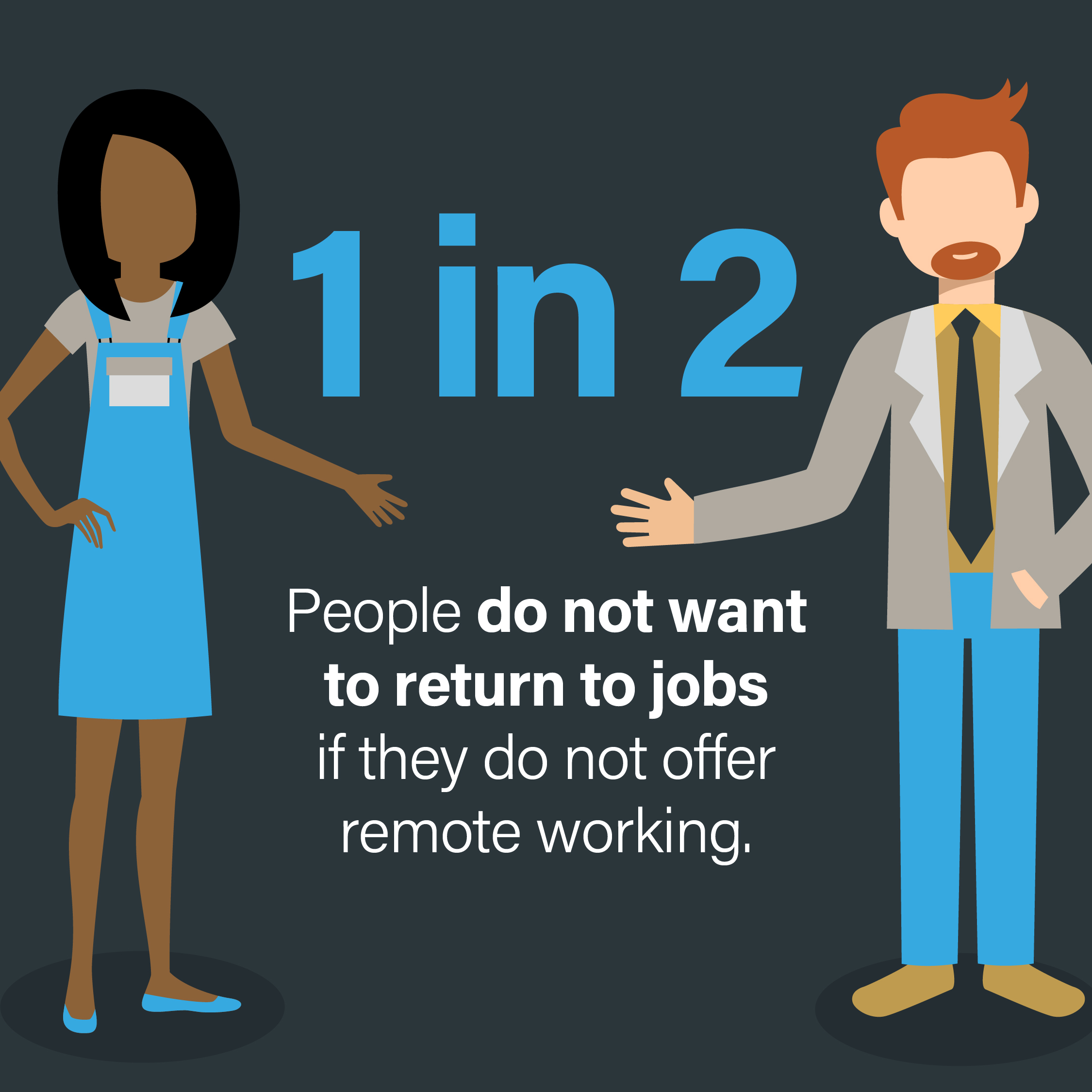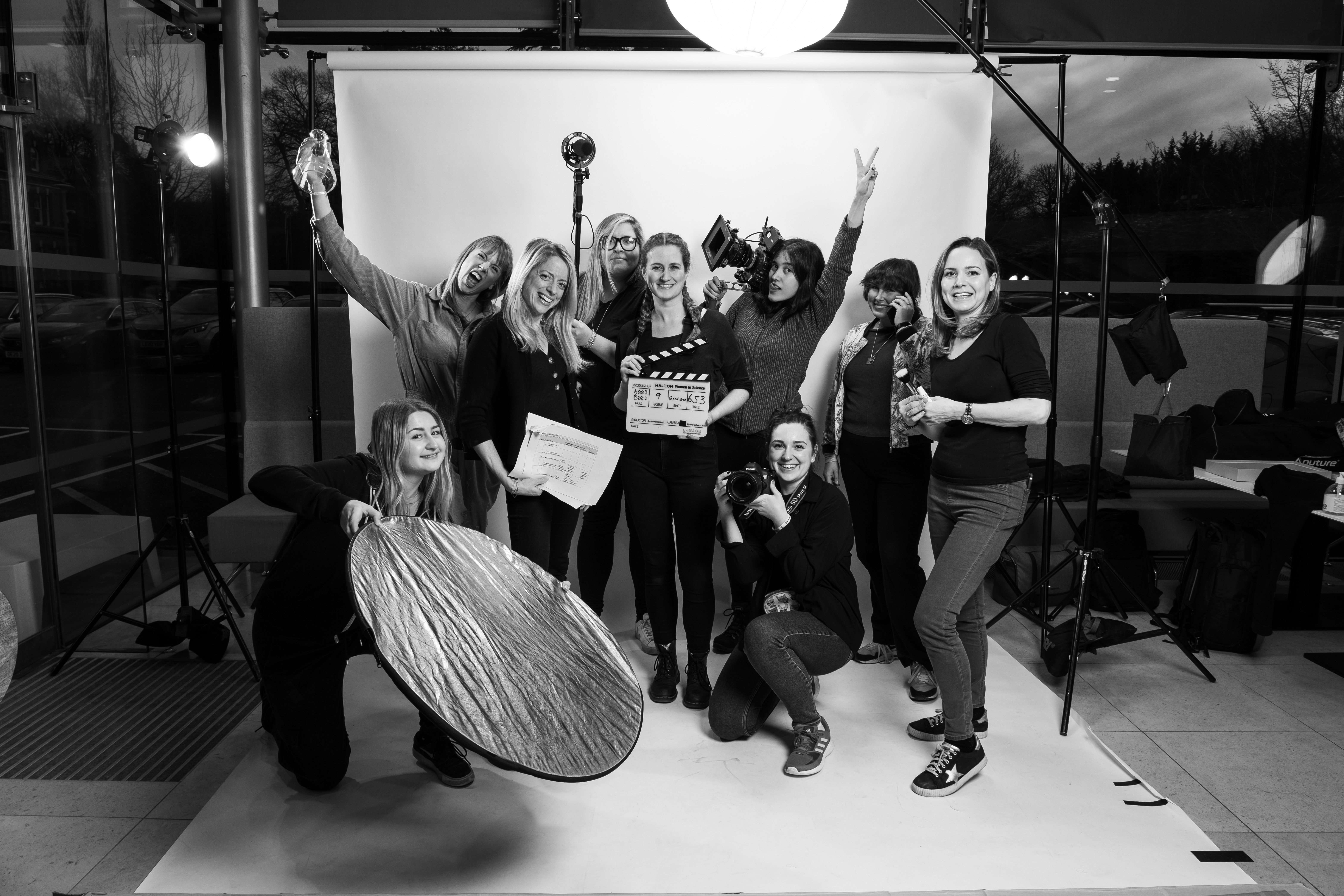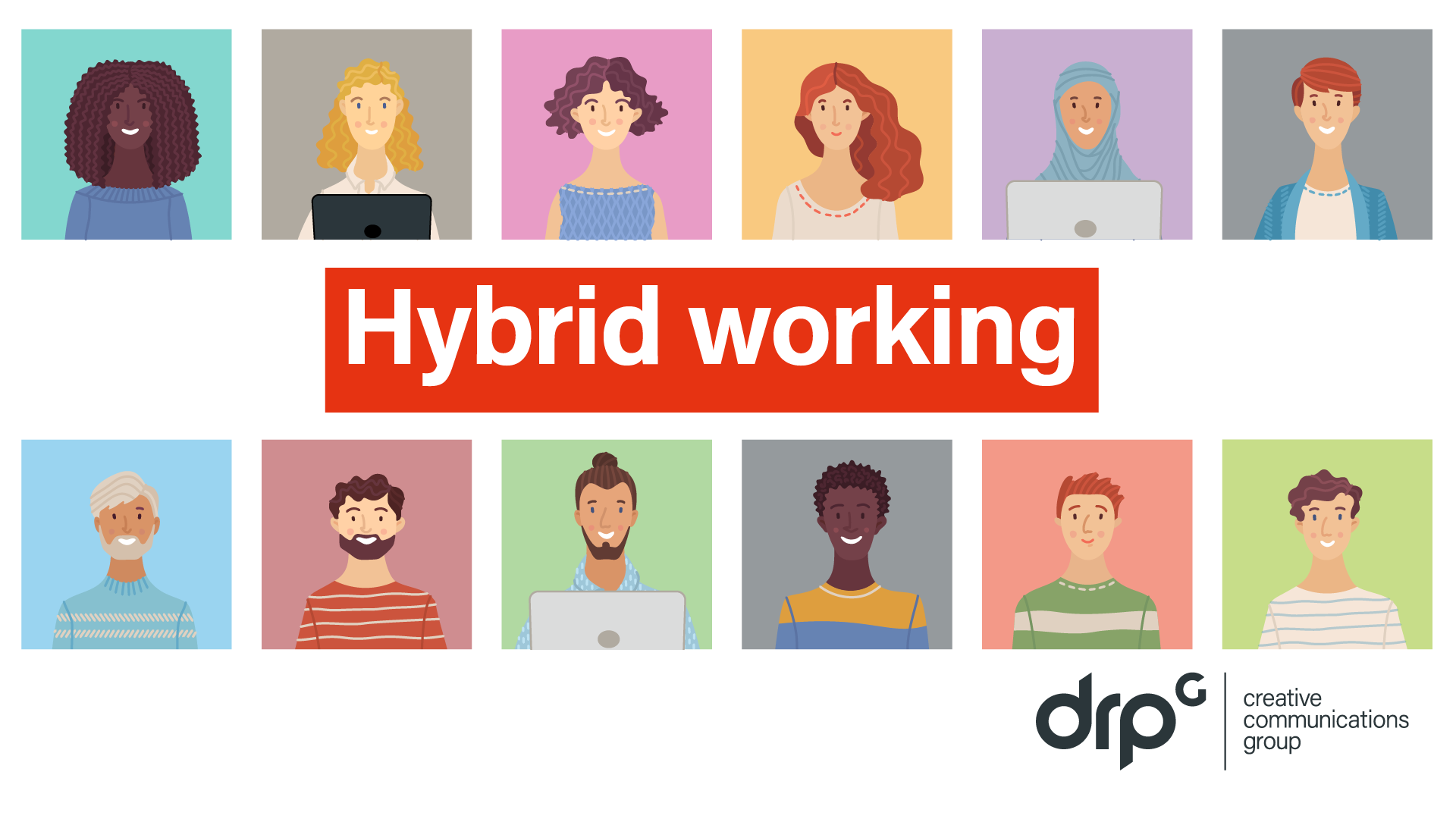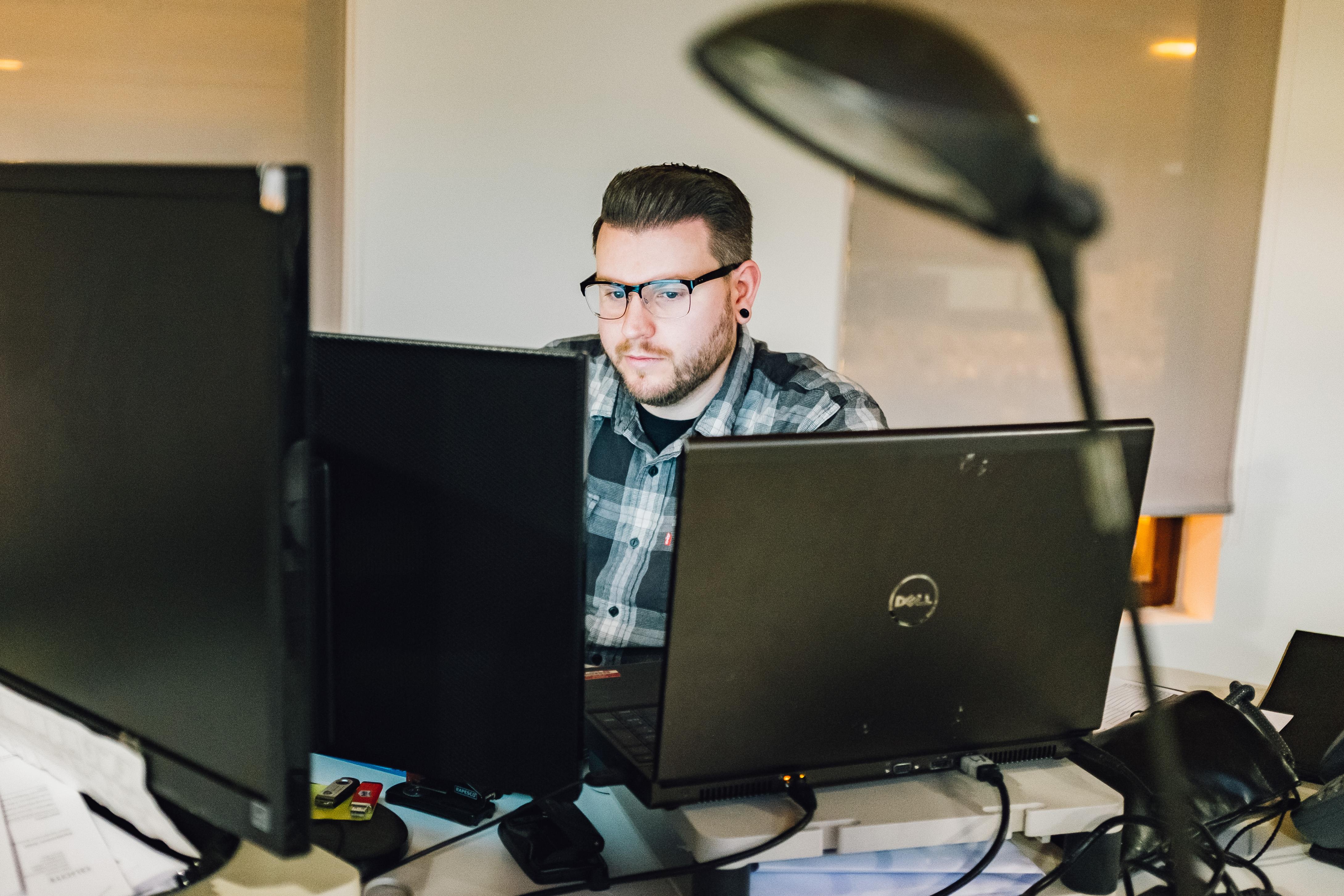The future of the workplace is bound to differ from what we were once used to pre-pandemic. The blended workforce model gives employees the ability to work in a way that suits them best, and with over 50% of employees saying they would not want to return to jobs if they don't offer flexible working options it is certainly worth your consideration. However, that doesn’t always mean this will be the best model for your business.
If you’re unable to connect and converse with all your employees at once due to lack of tech, or because schedules are too varied, it can result in a great disconnect. Where the office provides a hub for practicing your brand culture and ethics, separating employees and relying on freelancers, contractors and temporary contracts can result in that culture becoming diluted and fragmented. If you’re unable to find a way to bring your employees together and find a way to re-embed that company culture, whether through training, infographics or team meetings, then this model is perhaps not the one for you.
Another area that’s a huge deciding factor is your budget. Can you afford to hire freelancers and have temporary or part time employees during slower months? Can you supply every employee with a secure laptop to work where they see fit, and provide collaborative spaces in the office? In most cases, a new working model benefits from an updated office layout, and smaller in-office numbers can even open up the opportunity to downsizing your office into a more beneficial location. This is an area you will have to investigate thoroughly before making any choices in regard to updating your workplace model.
A study conducted by Stanford found that efficiency among employees has increased by 13% while working remotely. We have found new ways to increase collaboration, have kept the conversation (and the silliness) going and realised what hours, locations and tech work best individually. 71% of UK businesses plan to adopt more flexible working practices, whether this be leaning on the aid of freelancers and temporary staff during busier periods or, allowing for more varied working hours.
It’s important that you speak to your employees and really gauge their feelings on how they wish to work going forward. While many are eager to go back into the office, you should always factor in whether they’ll still want the office 9-5 once the novelty wears off. On top of this, social distancing measures are expected to remain for the rest of the year, and not all businesses can implement this. In this instance, adopting the blended workforce model is your best option going forwards, at least temporarily; this allows you to trial the model and see if it suits your business.
Whether or not you choose to implement this model in your business, its imperative that you understand that the old office-based 9-5, thanks to COVID-19, may not be as effective as it once was - and not everyone is willing to return to it. 72% want to see a shift to a hybrid remote office way of working, and it’s important to factor in what your employees want moving forward, or you may find employee morale, workplace culture and overall quality of work all begin to dwindle. Now is the perfect time to begin exploring the options available to you, trialling them and understanding what practices benefit your workforce and company the most.
Still unsure about whether the blended workforce model is right for you? Read our latest blogs: Why the future of the workplace might be hybrid? And Why is the blended workforce a good thing? For more insight, head over to our social pages @drpgroup and let us know your thoughts on the subject.











